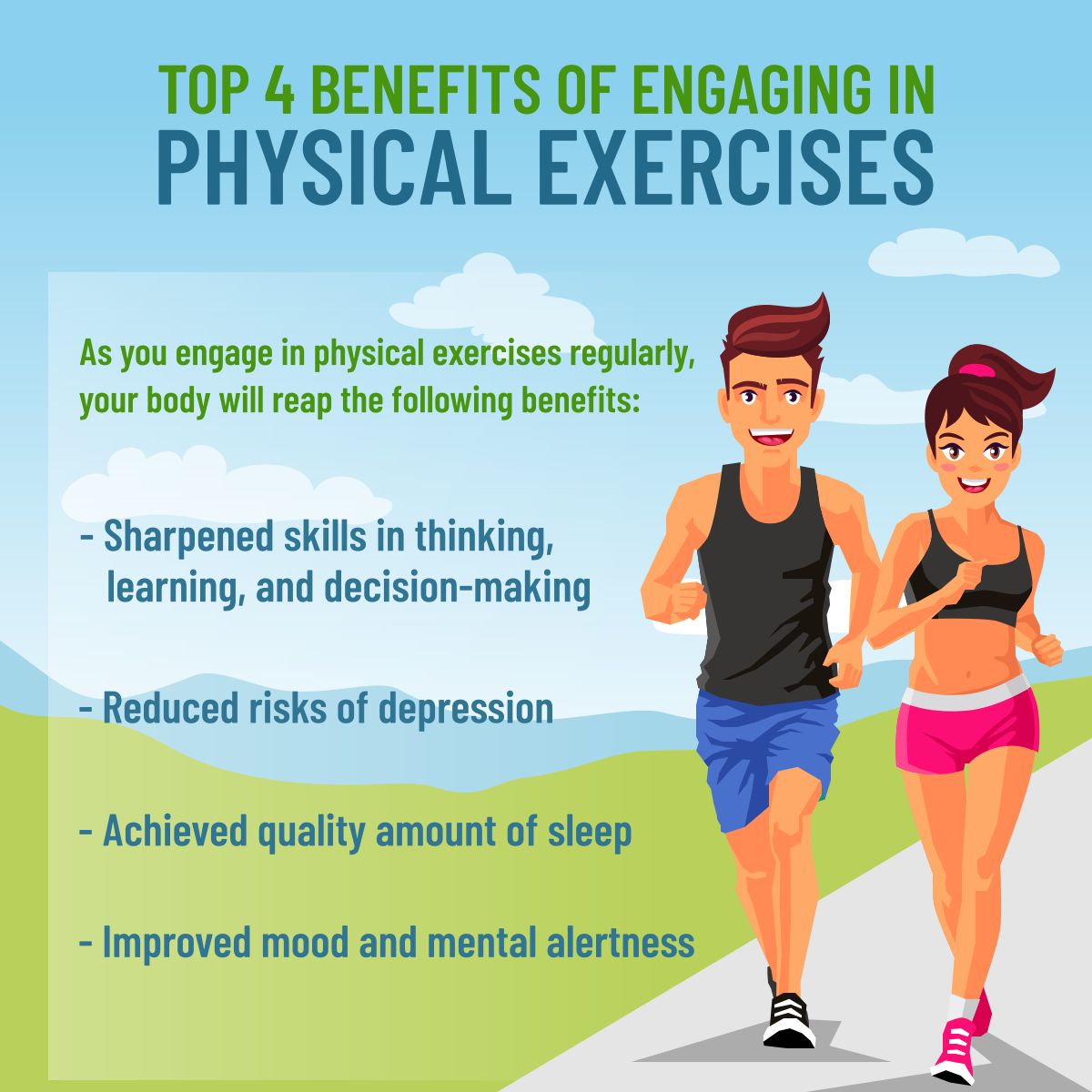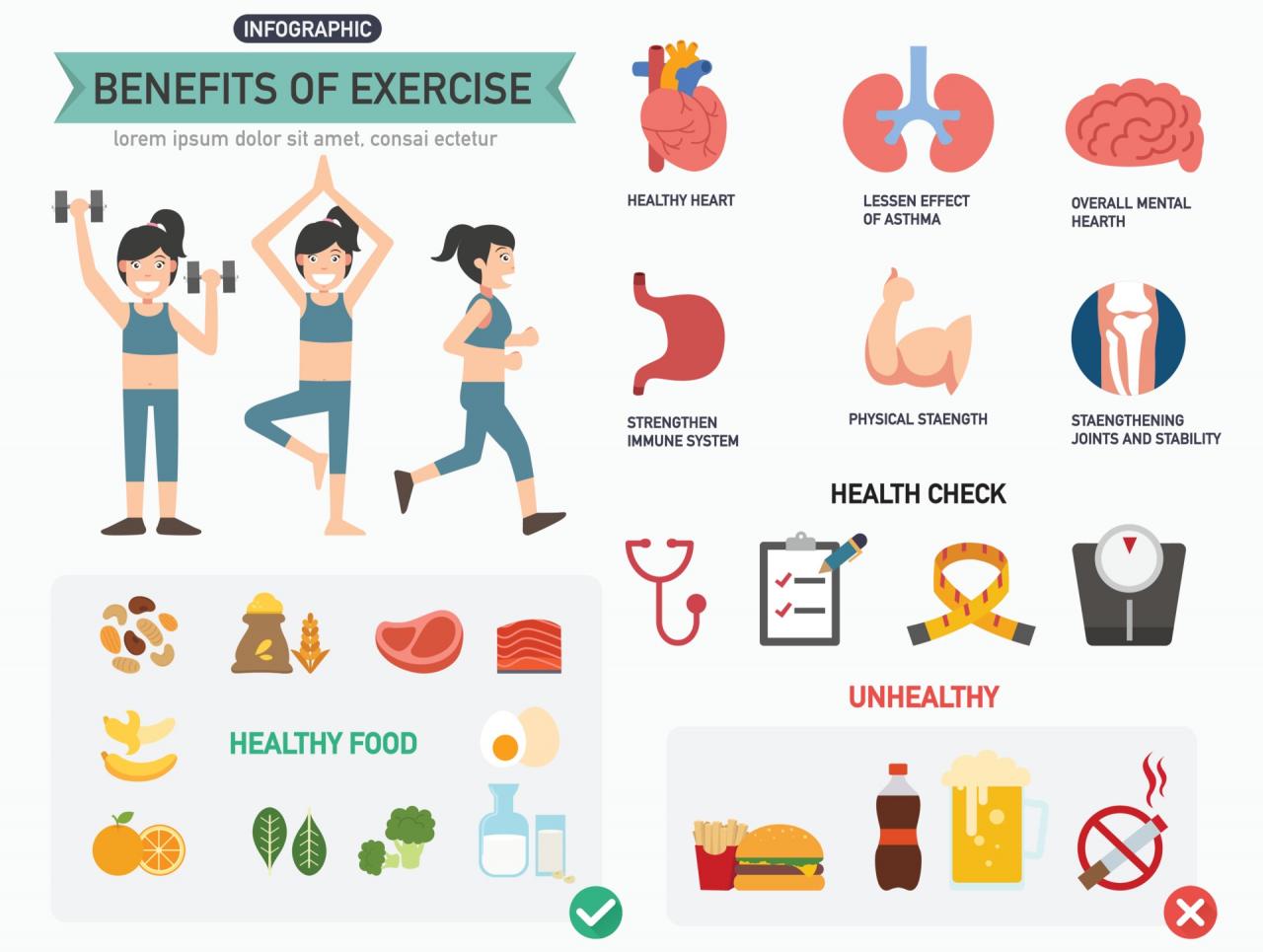
Explain why regular exercise is the best way to prevent flexibility issues. – Regular exercise is widely acknowledged as the cornerstone of maintaining and improving flexibility, offering numerous benefits for overall health and well-being. By engaging in regular physical activity, individuals can effectively prevent flexibility issues and enhance their mobility.
Flexibility plays a crucial role in preventing injuries, improving mobility, and maintaining optimal physical function. Regular exercise helps maintain and improve flexibility by promoting joint health, enhancing muscle function, and increasing proprioception.
While some may question the etiquette of wishing a pregnant woman Happy Mother’s Day , the sentiment is often extended with love and anticipation. These women, carrying the promise of new life, deserve recognition for their strength and resilience.
Importance of Flexibility

Flexibility is crucial for overall health and well-being. It enhances range of motion, reduces the risk of injuries, and improves mobility. Common flexibility issues include muscle tightness, joint stiffness, and reduced range of motion, which can lead to pain, discomfort, and impaired movement.
Regular Exercise as a Preventative Measure
Regular exercise helps maintain and improve flexibility by increasing joint mobility, stretching muscles, and improving posture. Different types of exercises enhance flexibility, including dynamic stretching, static stretching, and strengthening exercises. Dynamic stretching involves moving through a range of motion while static stretching holds a position for a period of time.
Strengthening exercises help stabilize joints and improve muscle control.
Mechanisms of Flexibility Improvement
Exercise improves flexibility through physiological mechanisms involving stretching, strengthening, and proprioception. Stretching lengthens muscles and connective tissues, increasing range of motion. Strengthening exercises improve muscle function and stability, supporting joints and reducing the risk of injuries. Proprioception, the body’s sense of position and movement, helps control muscle contractions and coordination, contributing to better flexibility.
Benefits of Regular Exercise for Flexibility
Regular exercise provides long-term benefits for flexibility. It promotes joint health by increasing synovial fluid production, lubricating joints and reducing stiffness. Exercise strengthens muscles, providing support and stability to joints. Improved flexibility enhances mobility, making everyday activities easier and reducing the risk of falls and injuries.
Exercise Recommendations for Flexibility, Explain why regular exercise is the best way to prevent flexibility issues.
To improve flexibility, engage in regular exercise that includes:
- Dynamic stretching before exercise and static stretching afterward
- Strength training exercises 2-3 times per week
- Activities that promote range of motion, such as yoga, tai chi, or swimming
Warm up before exercise and cool down afterward to prevent injuries and enhance flexibility gains.
The adorable Snoopy is a popular icon associated with Mother’s Day. His heartwarming gestures and loving expressions capture the essence of maternal love and bring a smile to the faces of mothers everywhere.
Final Review

Incorporating regular exercise into one’s routine is essential for preserving flexibility and reaping its numerous benefits. By engaging in a variety of exercises that target different muscle groups and movement patterns, individuals can effectively prevent flexibility issues and maintain optimal mobility throughout their lives.
For those seeking a touch of nostalgia and humor, vintage Snoopy illustrations can add a playful touch to Mother’s Day greetings. The beloved beagle’s timeless appeal continues to resonate with mothers and children alike.
Question & Answer Hub: Explain Why Regular Exercise Is The Best Way To Prevent Flexibility Issues.
What are the common flexibility issues?
Common flexibility issues include muscle tightness, joint stiffness, and reduced range of motion, which can lead to discomfort, pain, and increased risk of injuries.
How often should I exercise to improve flexibility?
Aim for at least two to three sessions of flexibility exercises per week, focusing on major muscle groups and incorporating a variety of movements.
What types of exercises are best for improving flexibility?
As Mother’s Day approaches, thoughtful messages and well wishes are being shared to honor the incredible women in our lives. From heartwarming Snoopy-themed greetings to heartfelt sentiments, the spirit of Mother’s Day fills the air.
Effective flexibility exercises include dynamic stretches, static stretches, and proprioceptive exercises that engage the muscles and joints through controlled movements.







